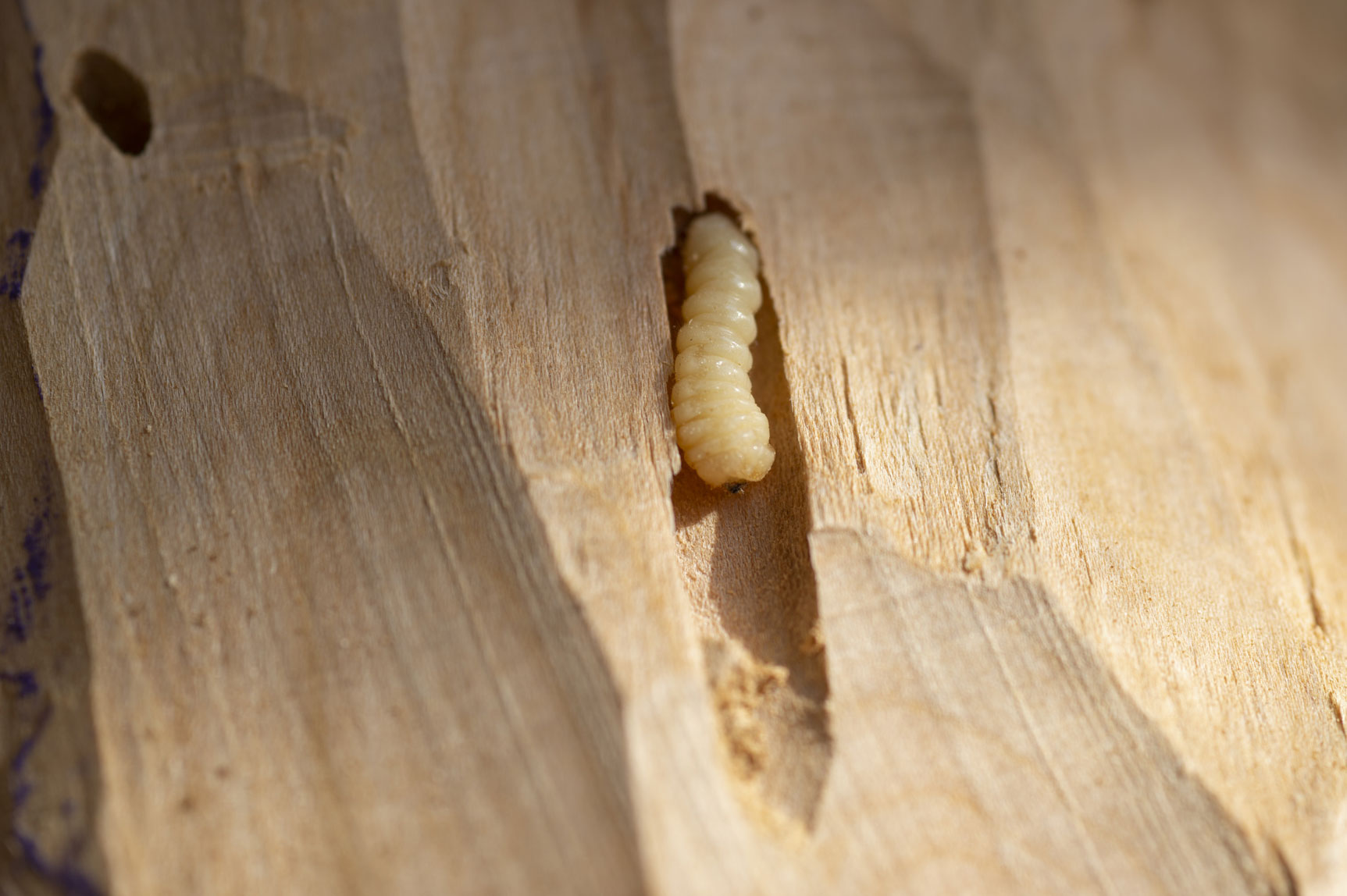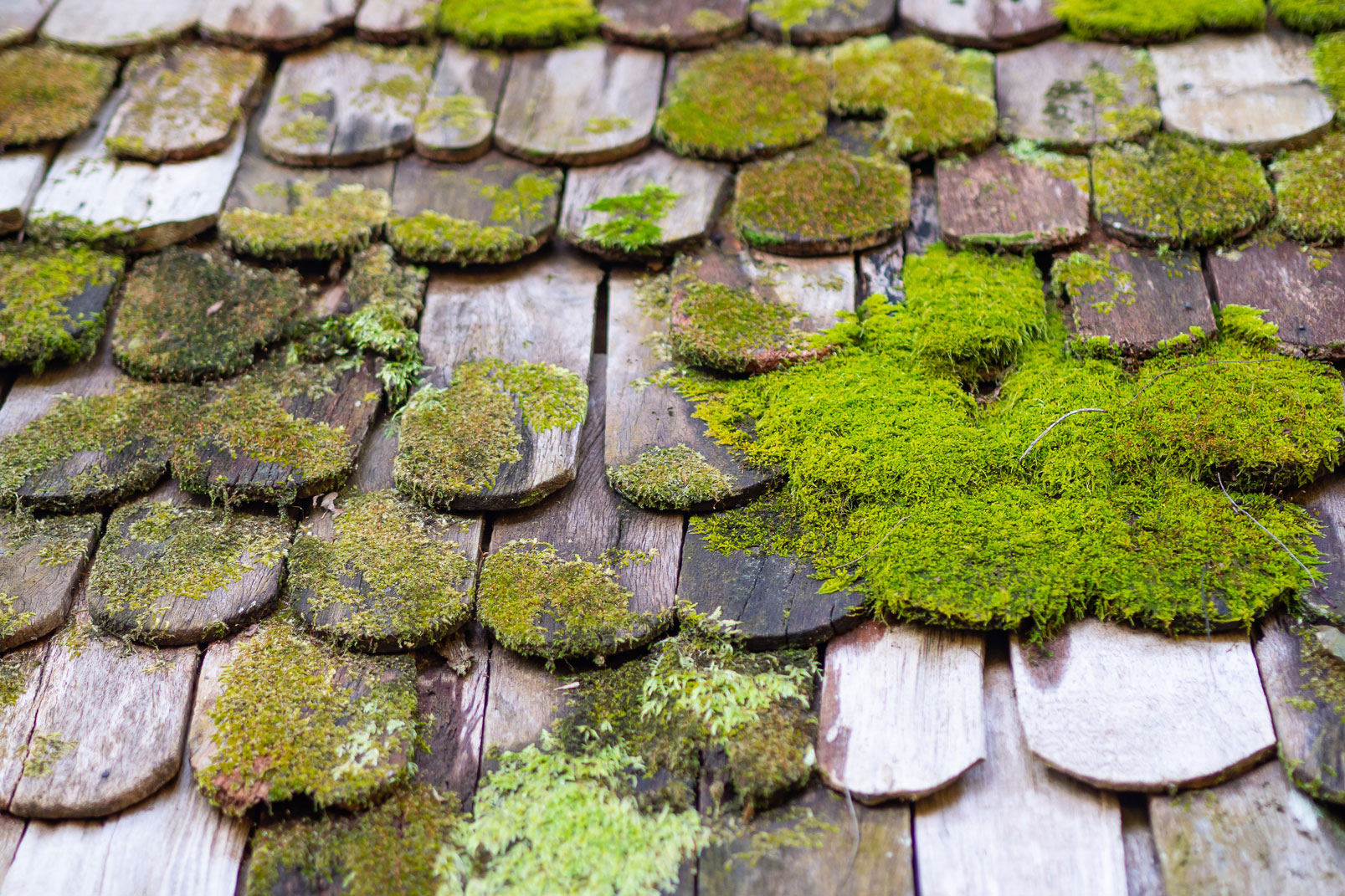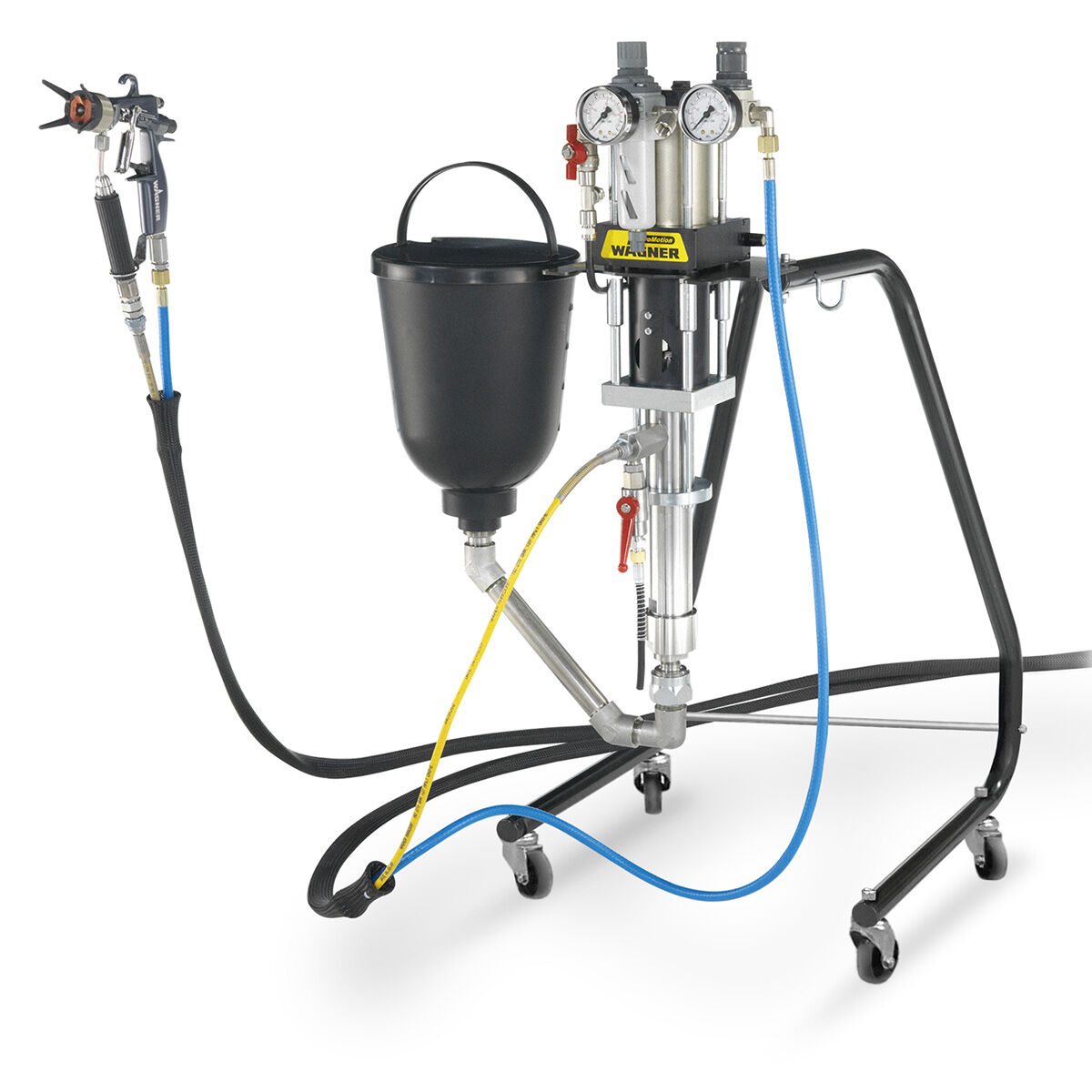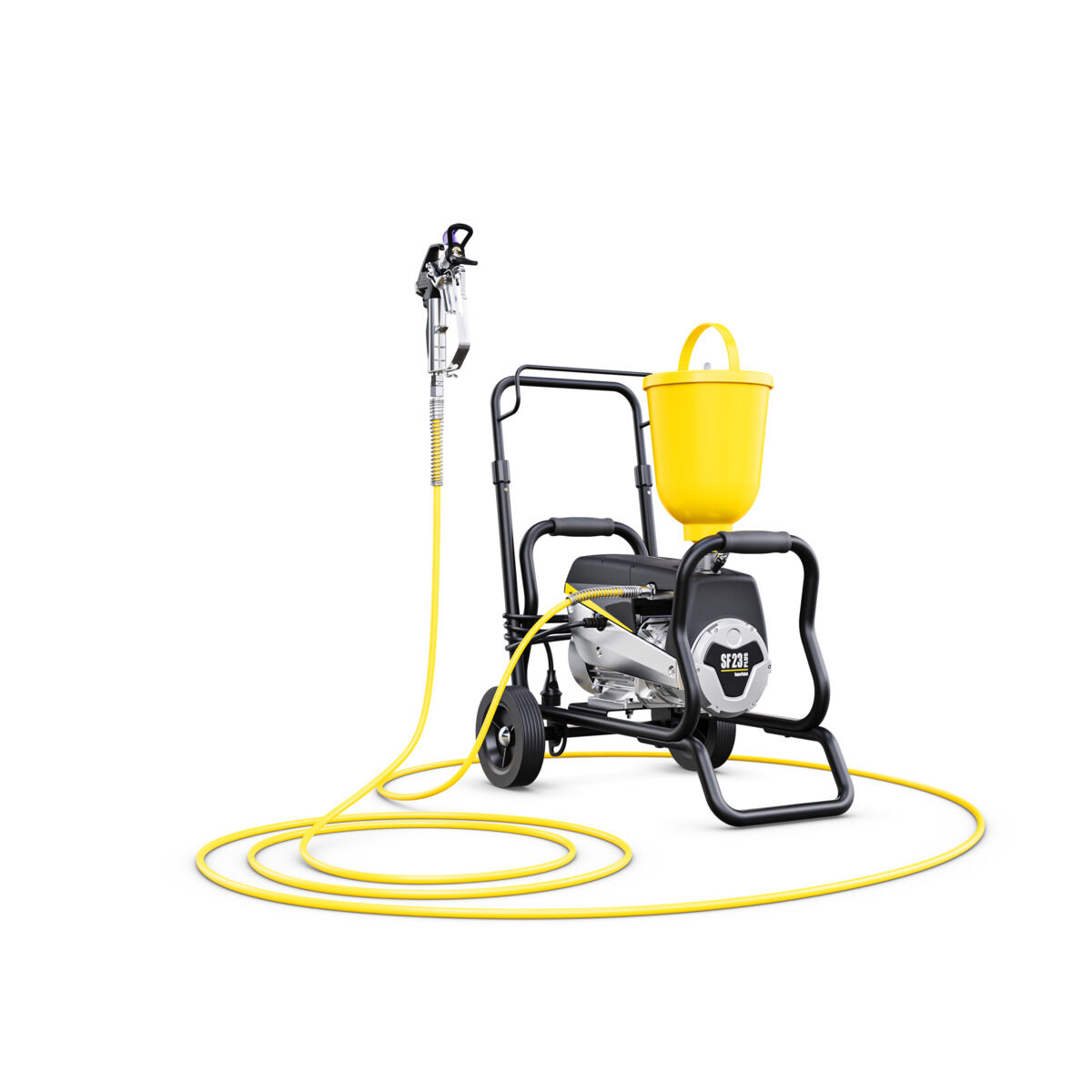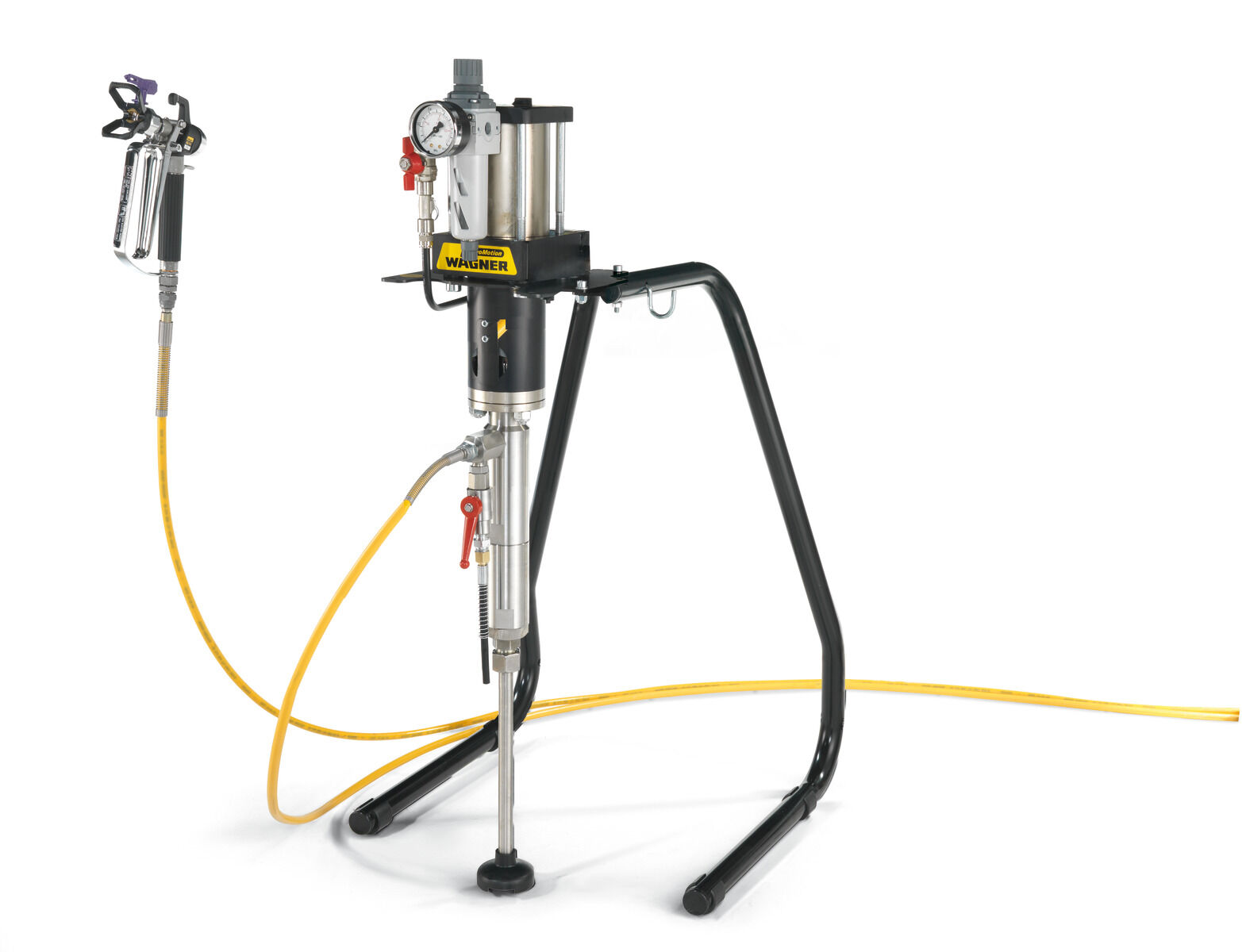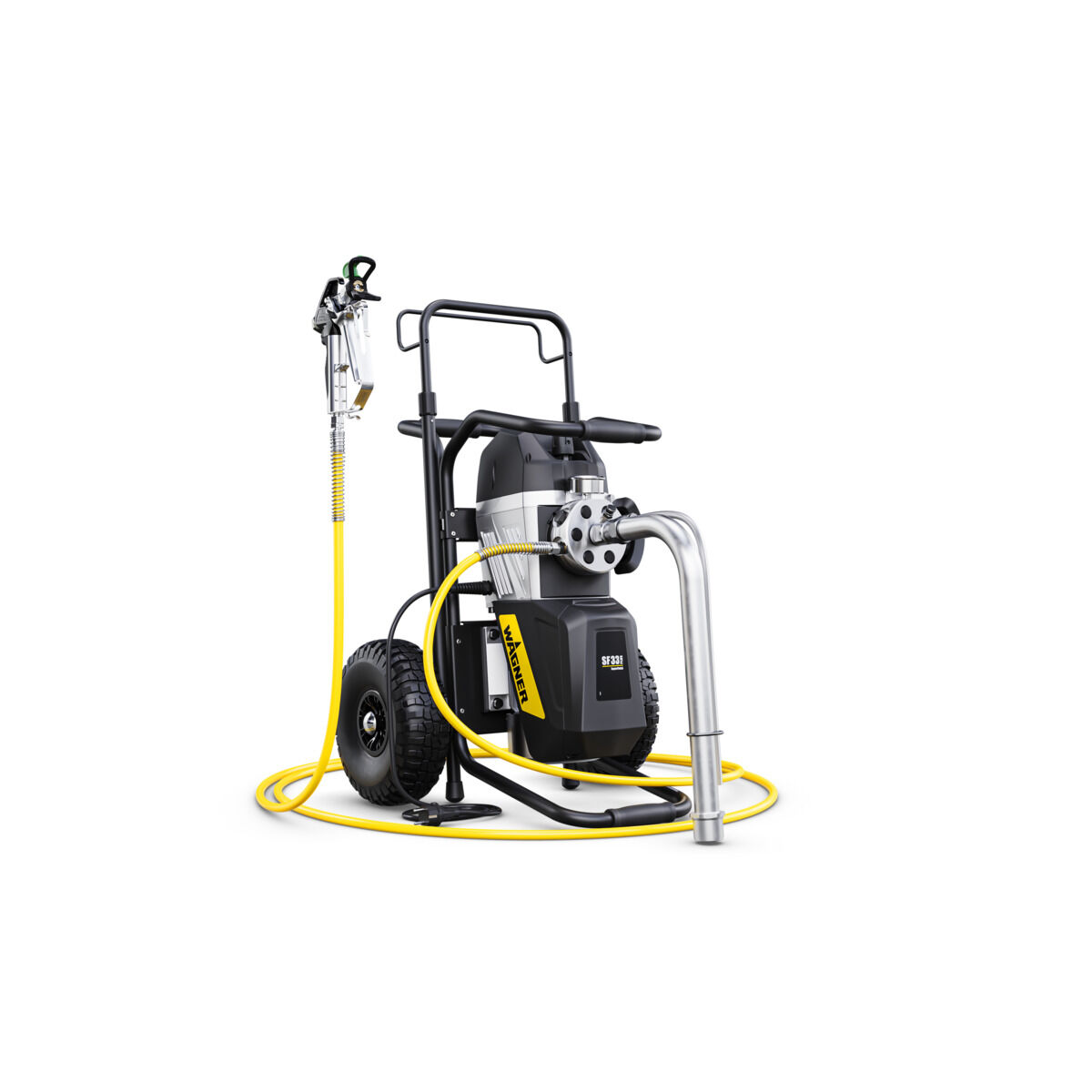Professional wood coating - Instructions and tips
Wood is a popular material. Its natural look lends itself both indoors and outdoors to a range of styles and it feels warm and cosy, making it building material that is popular with many customers.
However, to ensure that constructions can withstand stress from use or the weather, you - whether you are a painter, carpenter, joiner or woodworker - need to coat the wood. You can read here about which coating materials there are, what to look out for and how you can apply wood coatings with a WAGNER spray device.


